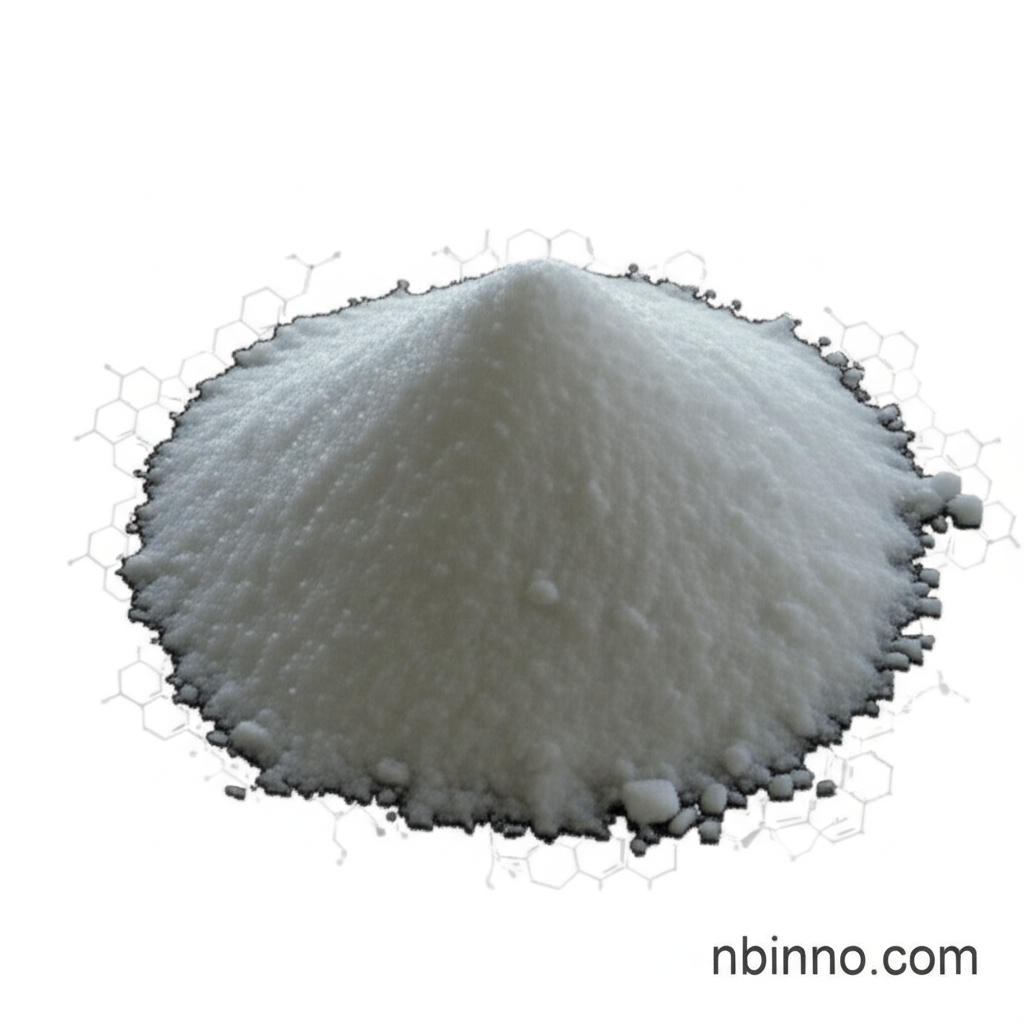Unlock the Potential: Understanding Glucose Pentaacetate's Role in Pharmaceutical Synthesis and Biochemical Research
Discover the key applications and chemical significance of Glucose Pentaacetate (CAS 604-69-3) in modern science and industry.
Get a Quote & SampleProduct Core Value

Glucose Pentaacetate
Glucose Pentaacetate, identified by CAS number 604-69-3, is a crucial fine chemical intermediate widely utilized in advanced scientific and industrial applications. Its primary value lies in its role as a building block for synthesizing complex carbohydrate derivatives and its utility in pharmaceutical research and development.
- The synthesis of various pharmaceutical compounds is significantly aided by using glucose pentaacetate as a key building block, contributing to novel drug discovery efforts.
- As a valuable reagent in organic synthesis, glucose pentaacetate facilitates complex chemical transformations, including important glycosylation reactions.
- Its chemical structure enhances the solubility and stability of glucose, making it a preferred choice for researchers studying carbohydrate chemistry and developing new analytical methods.
- This compound is instrumental in biochemical research, particularly in studies involving carbohydrate metabolism and enzyme activity, offering insights into biological pathways.
Key Advantages
Enhanced Chemical Reactivity
The presence of five acetyl groups on Glucose Pentaacetate modifies its properties, leading to enhanced solubility in organic solvents and improved stability, which are critical for efficient organic synthesis and handling.
Versatile Intermediate
Serving as a vital intermediate, it enables the preparation of a wide array of glucose derivatives, essential for research in areas like drug development and the food industry, leveraging its unique structure for specific chemical reactions.
Stimulates Insulin Release Research
Studies indicate that Glucose Pentaacetate can stimulate insulin release from rat pancreatic islets, highlighting its potential significance in metabolic research and therapeutic applications related to diabetes management.
Key Applications
Pharmaceutical Synthesis
Glucose Pentaacetate is a cornerstone for creating complex pharmaceutical intermediates and active pharmaceutical ingredients (APIs), supporting advancements in drug formulation and discovery.
Biochemical Research
Researchers utilize this compound to study metabolic pathways, enzyme functions, and carbohydrate interactions, contributing valuable data to the field of biochemistry and molecular biology.
Organic Synthesis
Its role as a versatile reagent in organic synthesis, particularly in glycosylation reactions, makes it indispensable for chemists developing new molecular structures and compounds.
Analytical Chemistry
Glucose Pentaacetate aids in the precise identification and quantification of sugars and polysaccharides through techniques like chromatography and mass spectrometry, crucial for accurate chemical analysis.
